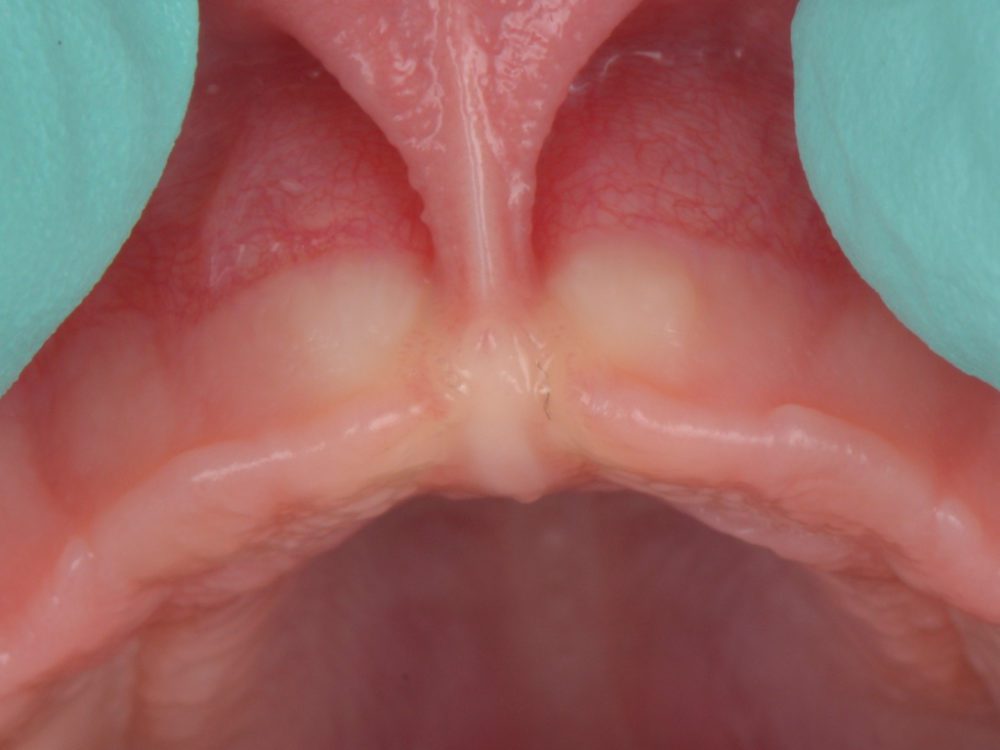How do I know if my baby has a tongue tie or a lip tie?
The midwife, lactation consultant, maternity care nurse or speech therapist, may have told you about the possible functional problems in babies and children due to a tongue tie or a lip tie. The knowledge is also shared among parents through the internet.
A tongue tie is not always easy to see, especially if it is deeper under the tongue. Not every doctor, midwife, lactation consultant IBCLC or maternity care nurse has enough experience to assess this properly. It is wise to find a practitioner with experience in this area. A lactation consultant IBCLC who has experience in assessing the tongue tie and lip tie may be able to assess it. After doing an oral examination she may even find the tie “hidden” behind the oral mucosa. When in doubt, make an appointment with a lactation consultant or a practitioner with experience. Sending a photo is possible for review, but can never provide a definite answer.
Pediatrician Dr. James Murphy (link) came up with the following method. When the finger slides under the tongue, it should be easy and smooth. If it is difficult to move from left to right under the tongue over the floor of the mouth and a “string”, “speed bump” or “fence” is felt, this may indicate a tongue tie.
When the baby is crying, and the tongue stays down, it could be caused by a tongue tie actually pulling the tongue down. Sometimes only the sides of the tongue rise so that the tongue makes a bowl shape.
The upper lip should be able to flange relatively easily. If the lip is lifted and gently pulled, and the upper jaw turns bloodless where the lip tie is attached, that may be an indication of a lip tie. This test is also called “blanching” or anaemia test (see photo).

